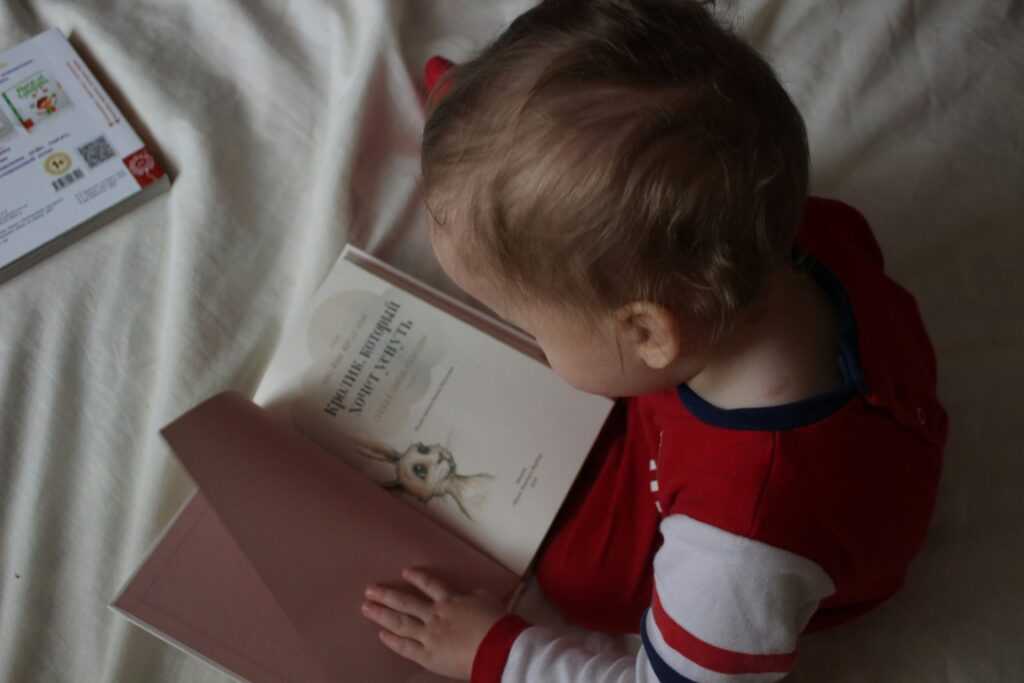Understanding Environmental Awareness Among Children
Environmental awareness in children plays a crucial role in fostering a sustainable future. Early education and ongoing engagement are key to building a lasting respect for the planet.
The Importance of Early Education on Sustainability
Introducing sustainability concepts early helps lay a strong foundation.
- Children grasp fundamental ideas about recycling, conserving water, and reducing waste when these practices are part of their routines.
- Engaging kids through interactive activities, like nature walks or eco-friendly crafts, can make learning enjoyable.
- Effective early education integrates sustainability into daily life, making green practices second nature for children as they grow.
Current Statistics on Children’s Environmental Awareness
Studies indicate growing environmental consciousness among children:
| Statistic | Source |
|---|---|
| 85% of kids aged 6-14 express concern about the environment | National Geographic, 2022 |
| 70% of schools have implemented sustainability programs | U.S. Department of Education, 2021 |
| 45% of children participate in environmental clubs or activities | Environmental Education Foundation, 2020 |
These numbers reflect the rising awareness among young generations. Schools and organizations focusing on eco-friendly initiatives contribute significantly to this trend.
The integration of environmental topics in curricula helps children understand the importance of protecting their surroundings.
Ways to Teach Kids About Going Green

Teaching kids to go green involves integrating various eco-friendly practices into their daily lives. Here are some practical methods to foster environmental consciousness in children.
Everyday Eco-Friendly Practices
Encouraging kids to practice eco-friendly habits daily helps instill a sense of responsibility for the planet.
- Use reusable bags for shopping trips.
- Choose cloth napkins over disposable ones.
- Walk or bike to nearby locations instead of driving.
- Small changes make a significant impact over time.
Recycling and Waste Reduction
Recycling and reducing waste are fundamental in teaching environmental responsibility. Set up distinct bins for paper, plastic, and compostable materials.
Explain what can and can’t be recycled. Involve children in sorting waste to solidify understanding. Initiate a family project to repurpose old items.
Energy Conservation Techniques
Implementing energy-saving techniques can help kids learn the importance of conserving resources. Turn off lights when leaving a room. Use energy-efficient appliances and explain their benefits.
Encourage short showers to save water. Keeping an eye on energy usage instills mindfulness about resource consumption.
Benefits of Raising Environmentally Conscious Children
Raising environmentally conscious children benefits society and the planet. It promotes sustainable practices and fosters responsibility and citizenship.
Long-Term Environmental Impact
Environmentally conscious children significantly impact the planet’s future. By practicing conservation from a young age, they contribute to reduced waste and lower carbon emissions.
For example, children who recycle regularly can reduce landfill waste by up to 75%. Embracing renewable energy, they minimize dependence on fossil fuels, promoting cleaner air and water.
Studies show eco-aware children are more likely to adopt green technologies as adults.
Development of Responsible Citizens
Raising eco-aware children nurtures responsible citizenship. These kids learn the importance of community involvement, often participating in local environmental initiatives like tree planting and clean-up drives.
Participation in nature-based activities promotes civic responsibility. For instance, children involved in community gardens gain a first-hand understanding of agriculture and sustainability principles.
They grow into adults who value and advocate for eco-friendly policies, influencing societal norms and legislative measures.
Tools and Resources for Parents and Educators
Teaching kids to go green involves utilizing various tools and resources to make learning engaging and effective.
Books and Educational Materials
Books play a vital role in educating children about the environment. “The Lorax” by Dr. Seuss introduces young readers to the importance of conservation and caring for nature. “The Earth Book” by Todd Parr offers simple eco-friendly activities kids can follow.
Educational materials, like “The Green Classroom Toolbox” by the National Wildlife Federation, provide structured lesson plans and activities for teachers. These resources help build a strong foundation in environmental stewardship.
Interactive Online Platform for Kids
Interactive platforms make environmental education accessible and fun for children. Websites like PBS Kids feature games and videos that teach ecological principles.
The “EcoKids” website allows children to learn about recycling and climate change through interactive games and quizzes.
Another valuable resource is “National Geographic Kids,” which offers articles, activities, and interactive features focused on environmental topics. These platforms encourage kids to explore and understand their impact on the planet.

 Hazeliin Davidsoninn, the founder of Toddler Health Roll, is an insightful article writer with a passion for children's health and well-being. Her writing reflects a deep understanding of the challenges parents face when raising toddlers, offering practical advice grounded in the latest pediatric research. With a keen eye for detail and a compassionate approach, Hazeliin's articles provide parents with the tools they need to nurture their children's physical, mental, and emotional health.
Beyond her expertise in child health, Hazeliin's writing also delves into the complexities of toddler nutrition, travel with young children, and effective parenting strategies. Her dedication to sharing valuable knowledge with her readers has made Toddler Health Roll a trusted resource for parents seeking guidance on raising happy, healthy toddlers.
Hazeliin Davidsoninn, the founder of Toddler Health Roll, is an insightful article writer with a passion for children's health and well-being. Her writing reflects a deep understanding of the challenges parents face when raising toddlers, offering practical advice grounded in the latest pediatric research. With a keen eye for detail and a compassionate approach, Hazeliin's articles provide parents with the tools they need to nurture their children's physical, mental, and emotional health.
Beyond her expertise in child health, Hazeliin's writing also delves into the complexities of toddler nutrition, travel with young children, and effective parenting strategies. Her dedication to sharing valuable knowledge with her readers has made Toddler Health Roll a trusted resource for parents seeking guidance on raising happy, healthy toddlers.
